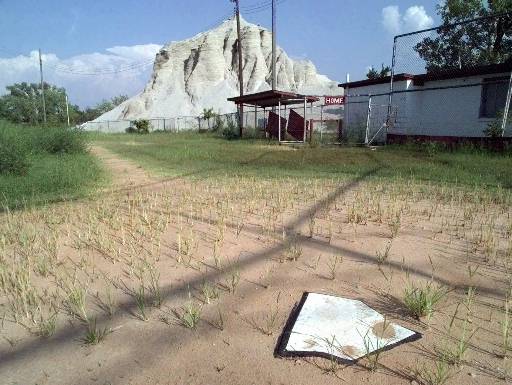The Worst United States Man-Made Disasters: Lead Contamination in Picher
1. Flint Water Crisis 2. Hurricane Katrina 3. BP Oil Spill 4. Exxon Valdez Oil Spill 5. Three Mile Island 6. St. Francis Dam 7. Picher Lead 8. Tennessee Ash Spill 9. Libby Asbestos 10. Dust Bowl
Prev Next >>
Related Links |









